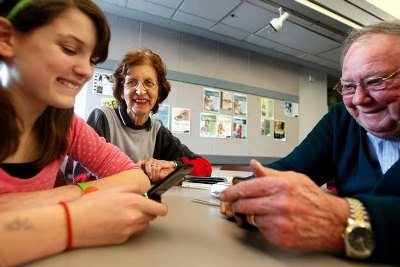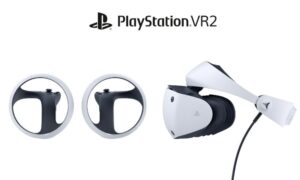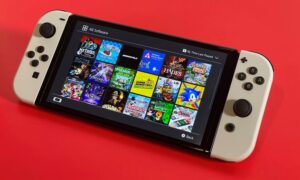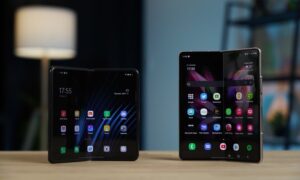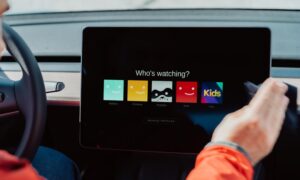Technology to help seniors at home has progressed beyond simple gadgets such as fall-alert buttons and grab-bars. Nowadays there are a host of new appliances which help seniors in a variety of day-to-day tasks. These include GPS enabled shoes to track someone who may have wandered too far and even medical dispensers that can inform a family member when pills have not been taken on time.
Marnie Renda is an occupational therapist and age-in-place specialist in Cincinnati. She says that the best choice for gadgets for seniors who do not like to leave the comfort of their home, would depend on their budgets, personal preference and condition.
New Personal Emergency Response Systems (PERS) can be worn as chest straps like a heart monitor and will determine when a person is having a fall, or is just bending down to pick something up. These devices can also be rented for $30 – $49 a month.
Medication dispensers are also available in the market, which are able to dispense pre-programmed dosage. These dispensers are about the size of a blender and can inform a caregiver via email or phone when someone has missed their medication.
There are motion sensors available that are integrated with floor mats and refrigerators doors, so that remote caregivers can keep a track on the activities of housebound seniors. These devices can cost $200 to several thousand to purchase.
Telephones have undergone changes as well; some have larger buttons, with an ability to flash the recipient’s picture on screens as well. Others may allow seniors to dial an operator first, who will then relay their call accordingly.
Most of these services have a learning curve to go through, however once this phase has passed, life at home becomes much easier for seniors.

